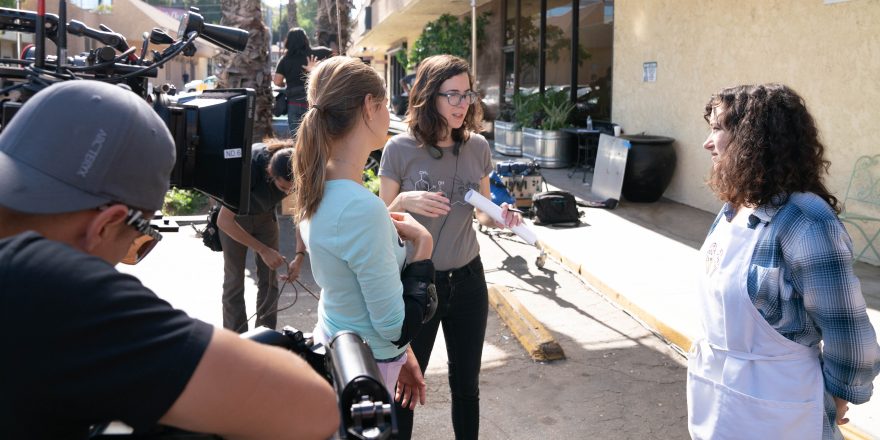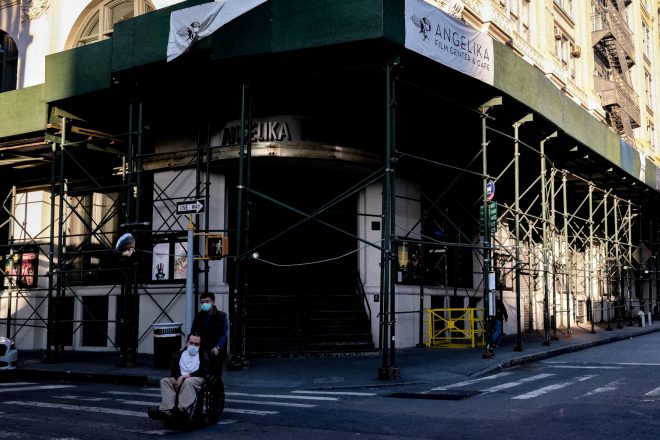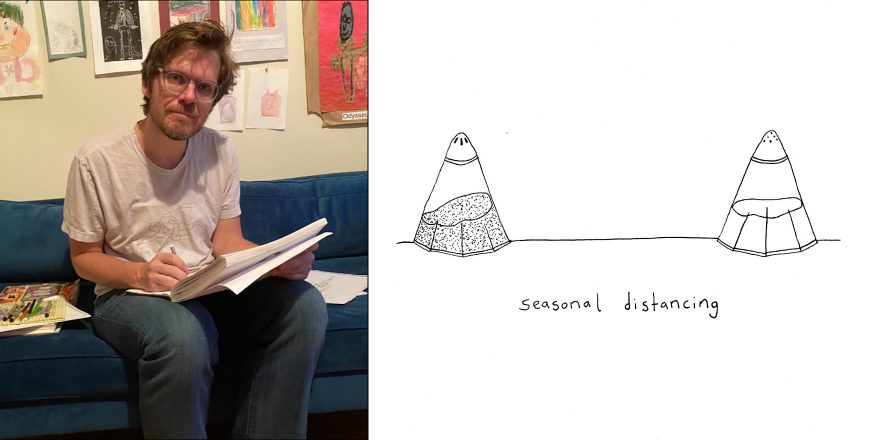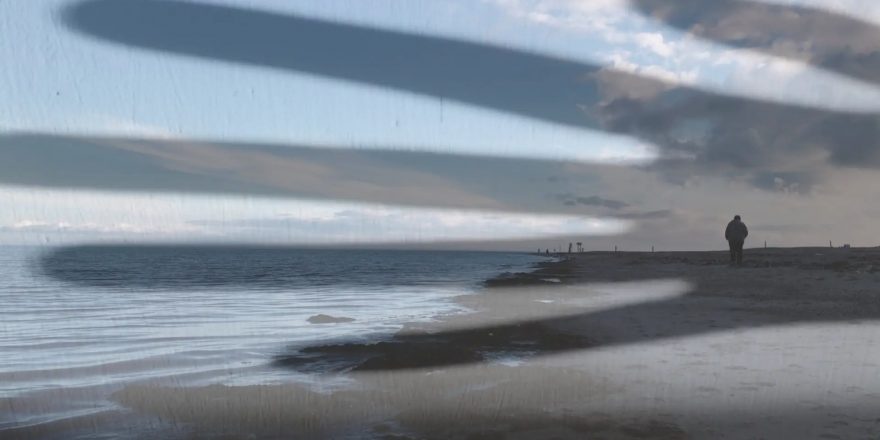Last summer, I directed a dance comedy for Netflix called Work It. On any given day, our main cast and crew fluctuated between 75 and 150 people. That’s a literal ton of people walking around with clamps, lights, cameras, lenses, mics, trays of food, makeup brushes, lint brushes, paint brushes … so many brushes.
There was a small village of trucks and trailers and P.A.s running around with walkies. We had all the toys in the filmmaking toolbox. Technocrane? We had one. A jib arm? Duh. Steadicam? But of course. A Fisher Dolly? Only every day, sucka! The possibilities were endless. The size and scale of this set is considered standard for a studio movie in Hollywood, but as someone who got their start in indie filmmaking, these luxuries seemed nothing short of a miracle to me.
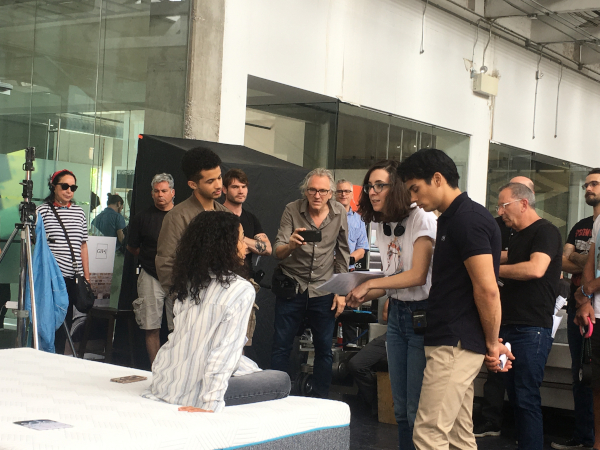
Let’s go back to 2010. It’s 2 a.m. It’s 19 degrees in New York City and I’m trying to hook up a clip light to a car battery. The D.P. has seen it done once, and I am a producer on this project (I am also the sound recordist), therefore it is my responsibility to support him however I can. As I slowly approach the exposed battery with a jumper cable in each hand, I wonder if this is how it ends. “She died doing what she loved,” they would say.
Actor Alex Karpovsky suggests that instead I run a cable to the bodega down the street and offer the owner $20. (Thank you, Alex.) His logic struck me as genius at the time. This is what happens to the brain when you attempt to shoot a movie in 12 consecutive days.
These were my humble beginnings as a filmmaker. And somewhere in that experience, I became bitten, or perhaps frostbitten, by the filmmaking bug.
All artists are a product of their time and I began wading in the globally warmed waters of filmmaking during the days of “mumblecore.” American independent filmmakers like Joe Swanberg, Andrew Bujalski and the Duplass brothers were making “no-budget” movies using their friends as both cast and crew (and sometimes both simultaneously).
Even though the films I aspired to make were more in line with the distinctly Hollywood fare of Penny Marshall and Mike Nichols, I took inspiration from these guys. I admired their process and grit. They didn’t work their way up in any kind of Hollywood filmmaking hierarchy. They took the means of production into their own hands and they made their movies. So in film school, I made it my mission to learn every single aspect of the craft. I was gonna learn how to shoot, light, record sound and edit my own movies – that way if I needed to “Swanberg it” (yes, I turned his name into a verb), I would be able to do just that.
I ended up working lots of jobs on some pretty great projects: I was the D.P. on early episodes of a little web series called High Maintenance, A.D. on a film called Gayby, and I served as producer/sound recordist/makeshift gaffer on the features Codependent Lesbian Space Alien Seeks Same and The Foxy Merkins, both of which premiered at Sundance.
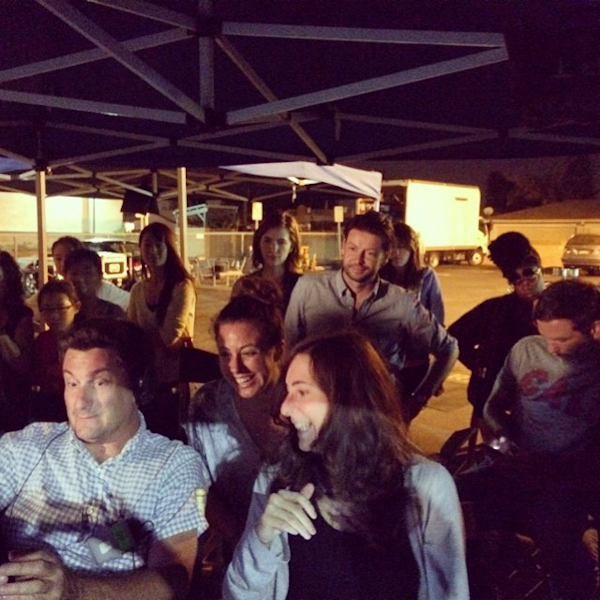
My “big break” came when Michael Showalter, who was an adjunct professor at New York University at the time, saw a short film I wrote and directed during my first year of film school called Doris & the Intern. He asked if I’d like to write something together and a year later, we had completed the first draft of Hello, My Name is Doris.
A year after that, I was in Los Angeles standing next to a national treasure, Sally Field, who was to play Doris. Although I was by Michael’s side for every second of the filmmaking process, I knew that the Hollywood suits would only see me as the female “co-writer.” If I wanted to be taken seriously as a director, I needed to direct a feature.
I went back to New York and began writing something I knew I could produce cheaply. The following summer, in 16 days and with a 20-person crew (most of whom were either NYU students or interns), we shot Fits and Starts. The same week that Hello, My Name is Doris opened in theaters nationwide, Fits and Starts premiered at SXSW.
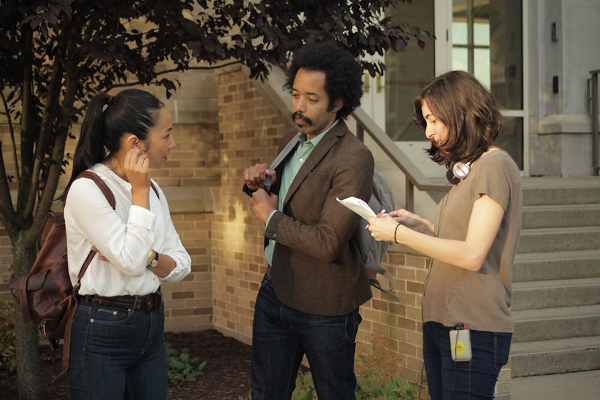
I moved to Los Angeles and my first real “Hollywood job” was rewriting and directing a female-driven teen stoner comedy for Warner Brothers’ digital division called Good Girls Get High. Although still small by Hollywood standards, that film was my first step beyond the indie world and my springboard to directing a studio movie for Netflix.
And then the pandemic hit. While more people are watching movies and television than ever before, filmmakers are trying to figure out how we’re going to continue to tell stories in our new dystopian reality.
The answer seems clear: we get back to work by embracing our indie roots.
Filmmakers who got their start in micro-budget independent filmmaking are uniquely positioned to lead the charge. We didn’t arrive on enormous Hollywood sets working our way up through the camera department or from a writers’ room. We never asked for permission. Our locations were our homes and local businesses. Our friends were our cast. The extras were often other crew members, friends and family. There were no dressing rooms or vanities. Our budgets were whatever we could scrape together.
On Fits and Starts, we utilized what I’ll call the “summer camp” approach to filmmaking. We shot the majority of the film at a house in Connecticut and so, rather than commute from New York City every day, our cast and crew (about 20 to 25 people) essentially quarantined together.
There is a kind of filmmaking utopia that forms in this environment as it fosters a true absorption in our craft. As director, I always take my work home with me. I eat, sleep and live the film for months on end. During production, I go home and rewrite pages, fixing story flaws, or capitalizing on a brilliant piece of improv from the previous day’s work.
The “summer camp” method of filmmaking affords directors more access to our collaborators. We can discuss scenes with our actors over dinner and plan out the day ahead with our D.P. and A.D. over breakfast. Meanwhile, the cast and crew grow closer and bonds form; there are even those infamous “showmances.” For the most part, everyone’s attention, energy and focus are on the film. We’re all living the story together. Actors can stay in character for weeks on end.
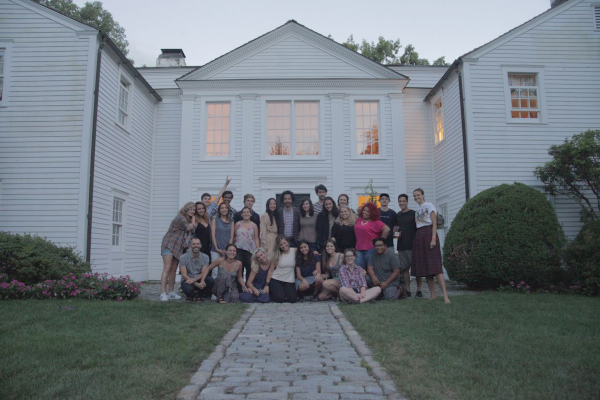
On Good Girls Get High, I worked with the same D.P. from Fits and Starts, Ben Rutkowski. Even though our time and resources were limited, we had already built such a shorthand on the previous film that we could practically read each other’s minds on set. This allowed us to shoot the film quickly and efficiently, even with a small crew. The ability to make small productions look “big” is going to be extremely valuable in the coming years.
It used to be that filmmakers felt ashamed of their limitations. When we went to SXSW with Fits and Starts, we were advised to not talk about how cheaply we’d made the film, lest it hurt our purchase price or we be perceived as too “indie.”
I personally think we should wear our past limitations like badges of honor. Great directors are not just great storytellers, they’re also great problem solvers, and those years of limitations taught us how to excel in challenging situations. Many of us learned that sometimes the creative solutions were better than what we’d initially planned.
Filmmaking during a global pandemic is inevitably going to present us with a slew of new problems. And as much as I’d love to get back to a 100-person crew, I’ve never been so grateful for my humble beginnings, because I, for one, feel ready to face whatever difficulties lie ahead.


